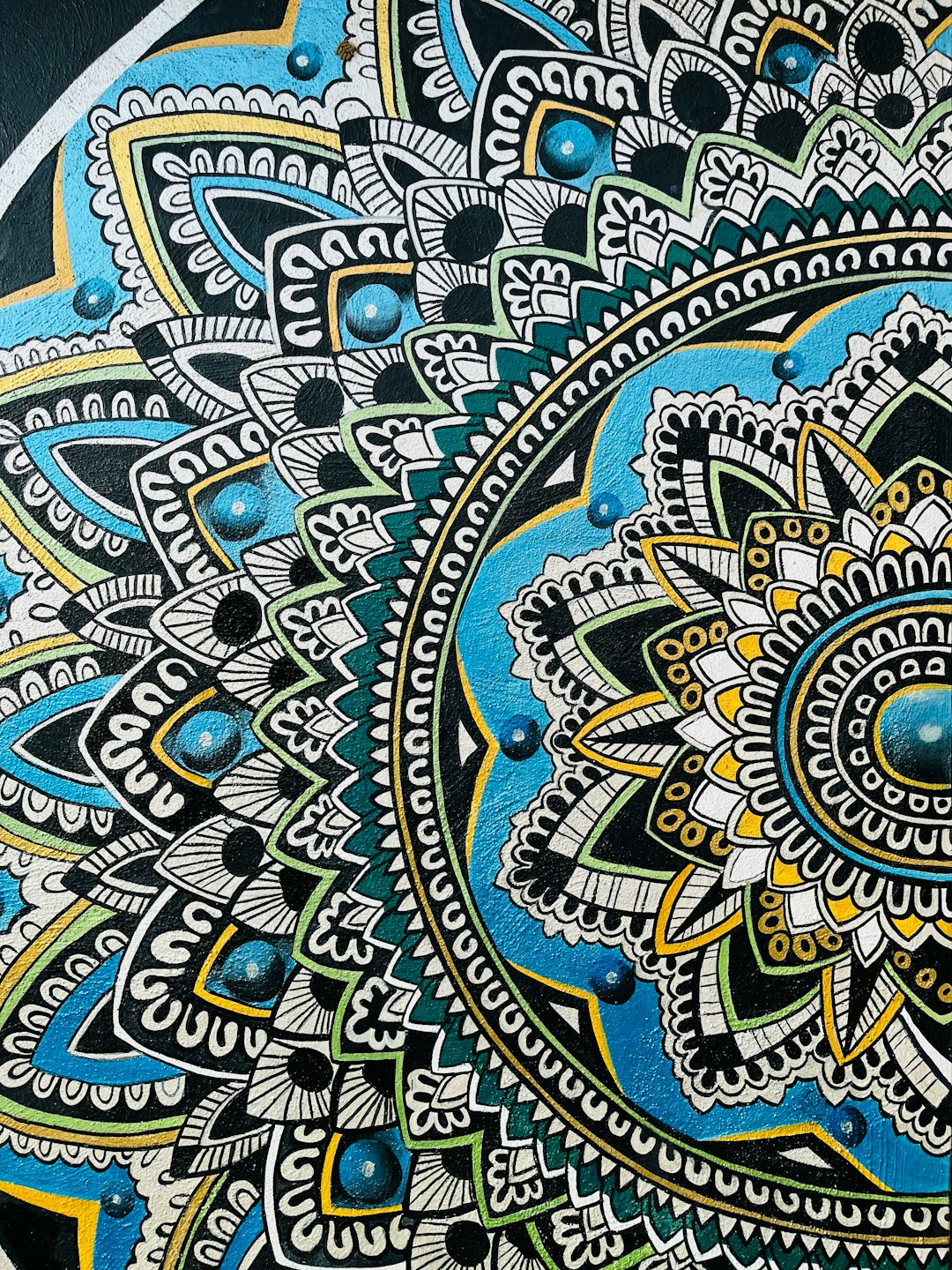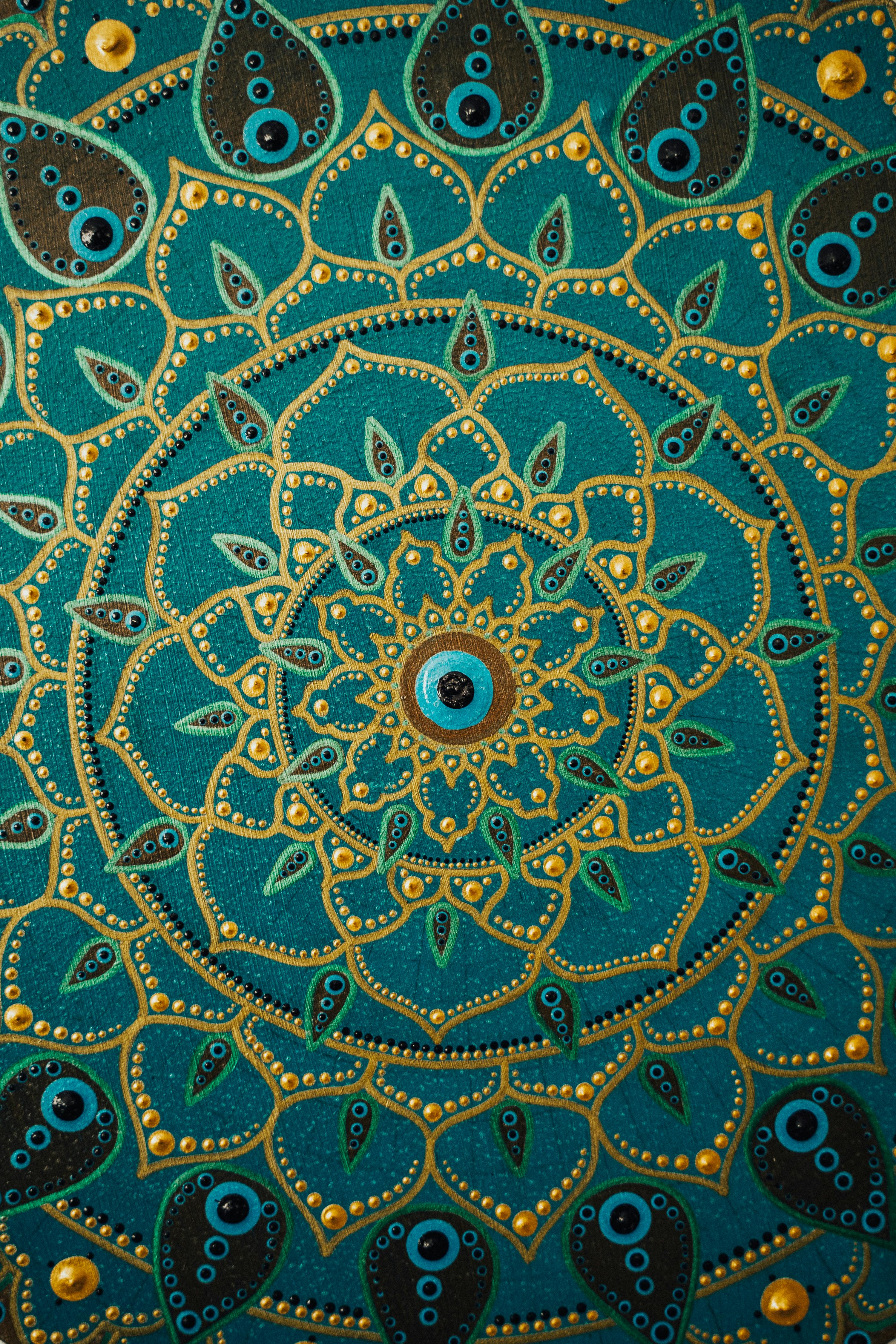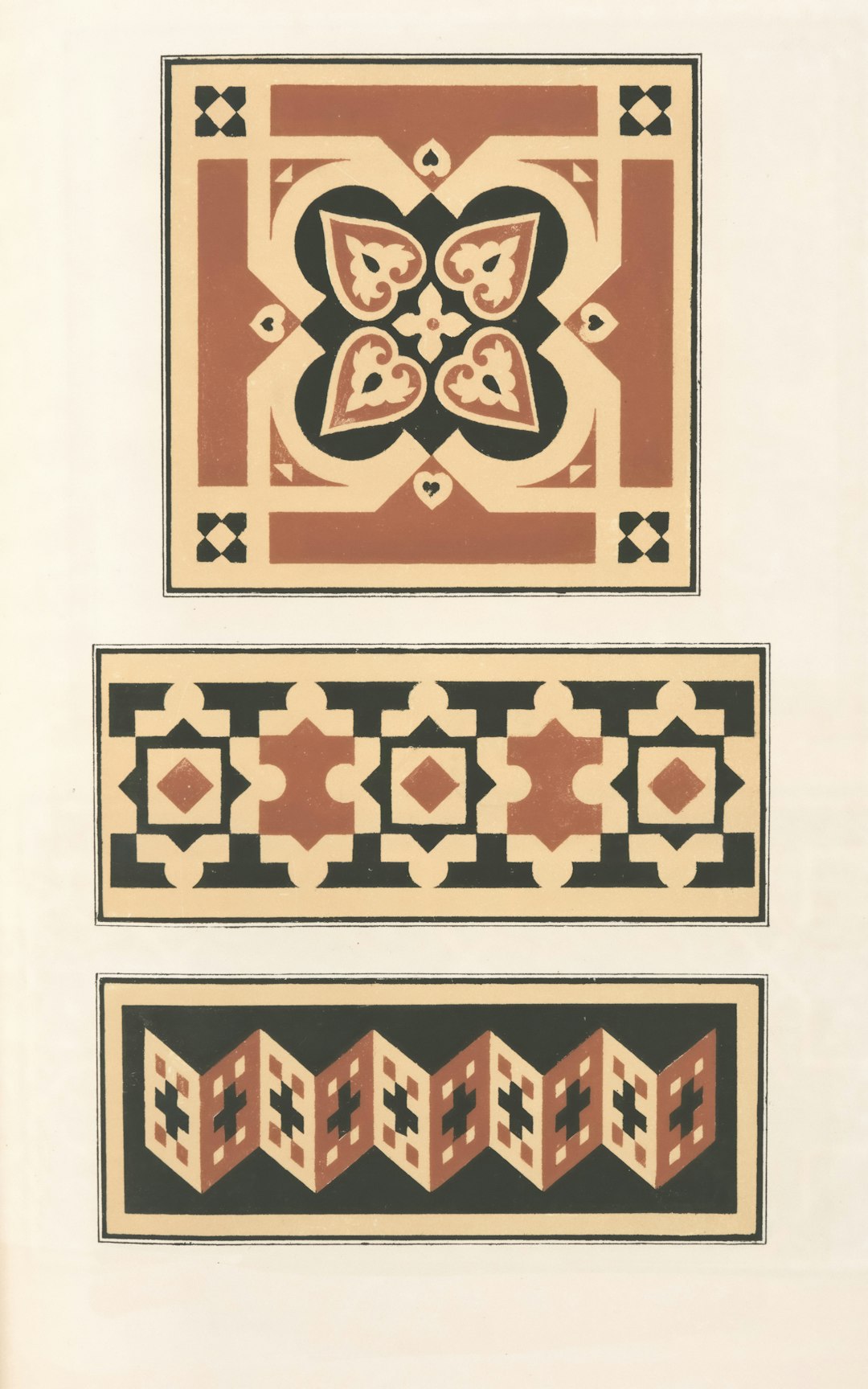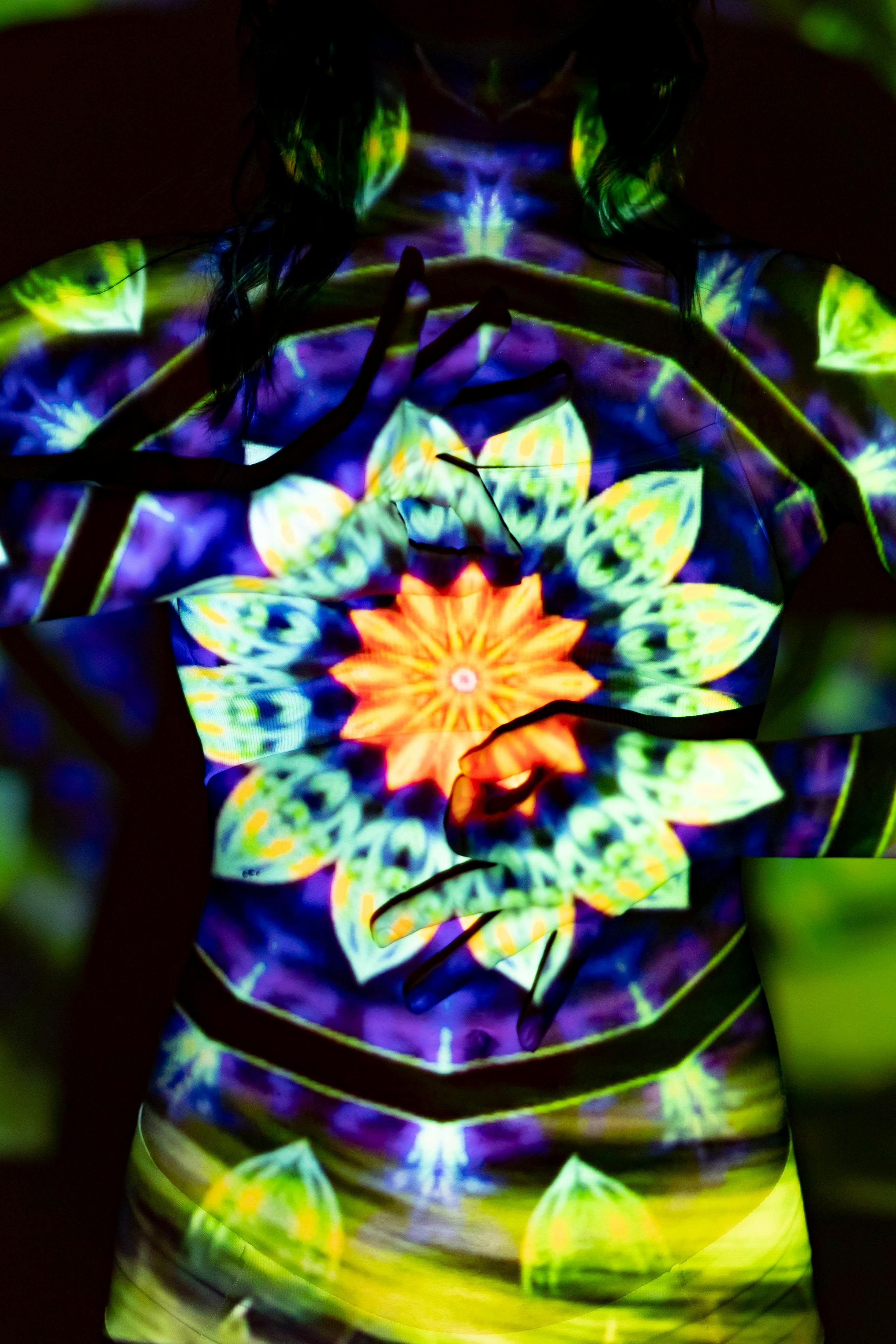
Ever felt oddly calm while looking at a mandala? There’s a reason for that—they’re more than just beautiful designs. Mandalas are rich with symbolic meaning and are used across cultures for meditation, healing, and self-discovery.

The word "mandala" comes from Sanskrit, meaning “circle.” But not just any circle—a mandala is a symbol that represents the universe, wholeness, and unity. From Tibetan prayer wheels to stained glass windows in European cathedrals, mandalas show up in surprising places.
Often, mandalas are used in spiritual practices as tools for focus. Think of them like cosmic maps, guiding the mind inward for reflection and awareness.

Let’s break it down. A traditional mandala is built from the center outward, and every layer holds symbolic value. Here's a simple overview of typical mandala layers:
| Layer | Symbol | Meaning |
|---|---|---|
| Center | Point or Dot | Starting point for consciousness and unity |
| Middle | Shapes & Patterns | Personal growth, spiritual path, or emotional state |
| Outer | Circle or Frame | Completion, wholeness, and protection |

Tibetan monks famously create intricate sand mandalas only to sweep them away shortly after. This practice teaches impermanence—how beauty and peace are fleeting. In modern wellness, many therapists use mandala coloring as a mindfulness tool. The designs promote calmness, helping people center thoughts and process emotions.
Carl Jung even integrated mandalas into his psychoanalysis, believing they reveal the unconscious self and can facilitate inner healing.

Whether you're drawing one, coloring one in, or just soaking in the symmetry, mandalas connect us to something timeless. They remind us that even chaos has patterns—and that at the center of everything, there’s stillness.
Have you ever created a mandala or found comfort in one? Share your experience in the comments—I'd love to hear your story!

Mandalas use various symbols, each with unique meanings. Circles signify wholeness and unity, dots represent the source of creation, horizontal lines illustrate the division of earth and sky, and vertical lines connect different realms. These symbols create harmonious and spiritual connections.
The center of a mandala symbolizes the core of existence, representing balance, harmony, and spiritual awakening. Many spiritual beliefs consider it the focal point connecting the self to the universe’s energy and truth.
Mandalas are used in meditation as tools for focus and self-reflection. By concentrating on the intricate patterns and meanings of the mandala, individuals can achieve a meditative state that promotes mindfulness, inner peace, and clarity.
There are several types of mandalas, such as teaching mandalas, which symbolize spiritual teachings; healing mandalas, focusing on meditation and emotional healing; and sand mandalas, representing the impermanence of life.
Creating mandalas can reduce stress, improve concentration, and promote relaxation. The repetitive patterns and focus required during the process help calm the mind, enhance creativity, and foster a deeper sense of connection to oneself.
As we wrap up our exploration of the mesmerizing world of mandalas and their intricate meanings, I hope you've found a little extra peace and maybe even some inspiration to delve deeper into your own journey of meditation and self-discovery. If you're as fascinated by these celestial circles as we are, why not keep the conversation going? Discover more beautiful mandalas and creative inspirations by visiting us on Pinterest. For a peek into our daily musings and behind-the-scenes moments, join our community on Instagram. And don't forget to like our Facebook page for regular updates and a vibrant exchange of ideas. We’d love to connect with you and share in the beauty of these timeless symbols.